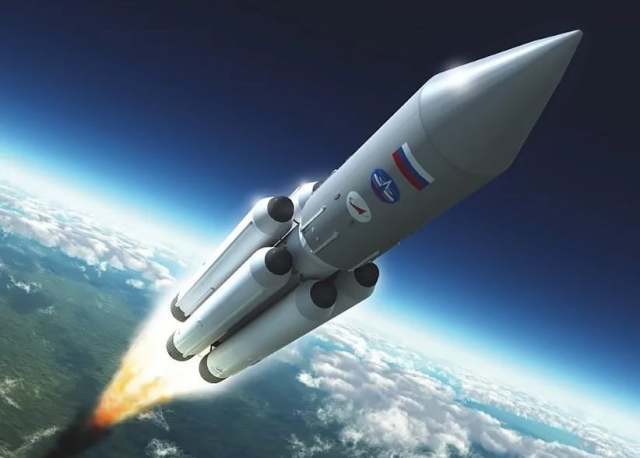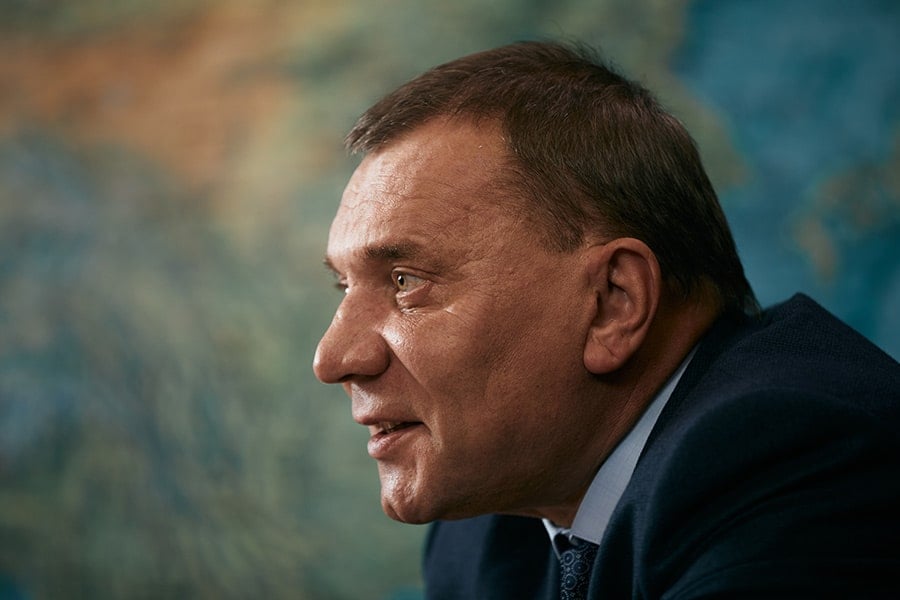A new interview with Yuri Borisov, the head of Roscosmos, contains many very unexpected and unusual theses. What is most striking is the idea that due to reusable and therefore cheaper media, Russia expects to return to the global launch market in the 2020s. Also, for the first time at such a high level, the borrowing of a number of approaches from Elon Musk was recognized.
According to the head of the space agency, Russia plans manned flights to the Moon only after the development of a superheavy carrier that will create a lunar station. However, since Yuri Borisov did not name specific dates for the superheavy carrier, it is clear that such flights are still being considered as a matter of not very definite future.
From the interview, it is only obvious that the department plans to start forming a superheavy rocket after the creation of Amur-LNG, a promising medium/heavy class carrier. It will be dramatically different from existing Roscosmos rockets, since it uses liquefied natural gas as fuel, like Starship, and, similar to SpaceX carriers, has many engines on the first stage. This is necessary because rocket engines do not work well at low thrust, and in order to put a reusable stage on the tail, the thrust must be extremely small (an empty stage weighs a little). Thus, conceptually, Amur LNG is something like a Falcon 9, only powered by methane.
 |
| RN Amur-LNG. |
| Source: Wikimedia Commons |
Amur-LNG, according to previously announced data, will have a small, only 55 meters, with a take—off weight of 360 tons, main engines - RD-0169A. However, Yuri Borisov mentions significant recent revisions of the project parameters. However, with any revisions, it is difficult to expect the reusability of the second stage on it, because it is difficult to combine it with the classic appearance of the rocket (it requires copying Starship approaches, difficult to implement for medium-weight carriers)
"If this work turns out to be successful, we hope that we will be able to replicate it and use the design solutions embedded in this rocket for a superheavy carrier," Yuri Borisov added. He designated 2028 as the deadline for the readiness of Amur-LNG, therefore, there is no talk of a ready supercharge in this decade.
Significant optimism is caused by the position of the head of Roscosmos on existing missiles. He sensibly noted that the "seven" (the Royal R-7, known nowadays as "Unions" of various types) should be changed and Amur LNG is designed for this role. The head of the department does not see Angara as a carrier of the future either, calling it an older development. This is a great progress: as Naked Science previously noted, Angara as a carrier does not correspond to the realities of the Maskov era, and the sooner Roscosmos leaves it, the better.
Regarding the nuclear projects of Roscosmos, Borisov mentioned only "nuclear space energy" — we can talk about both a reactor for a nuclear propulsion system and a reactor for a lunar base. Today, work on the nuclear propulsion system is mainly in the paper phase, but in any case, Roscosmos did not develop it for manned flights, since such installations are too weak to provide them.
Another point that inspires optimism: for the first time, conscious borrowing of SpaceX solutions is recognized at this level. Borisov said that when creating the launch pad for Amur LNG at the Vostochny cosmodrome, Elon Musk's approaches are used to dramatically reduce the cost and accelerate the construction of the launch pad.
However, there are some surprising theses: "I hope that sometime at the turn of 2028-2029 we will upgrade the launch vehicle fleet and be able to restore our position in the global launch services market."
Undoubtedly, the Amur-LNG rocket, with adequate implementation of the plan due to reusability, will be cheaper than any previous Russian rocket. But at the same time, it clearly should output a kilogram of payload more expensive than Starship, since it is planned to be completely reusable (and not only with respect to the first stage). In addition, it is much larger, and the larger the space carrier, the lower, all other things being equal, its unit withdrawal prices.
How it will be possible to return to the global launch market in 2028, given that by that time Starship will have been flying for a long time, is extremely difficult to understand.
Alexander Berezin

